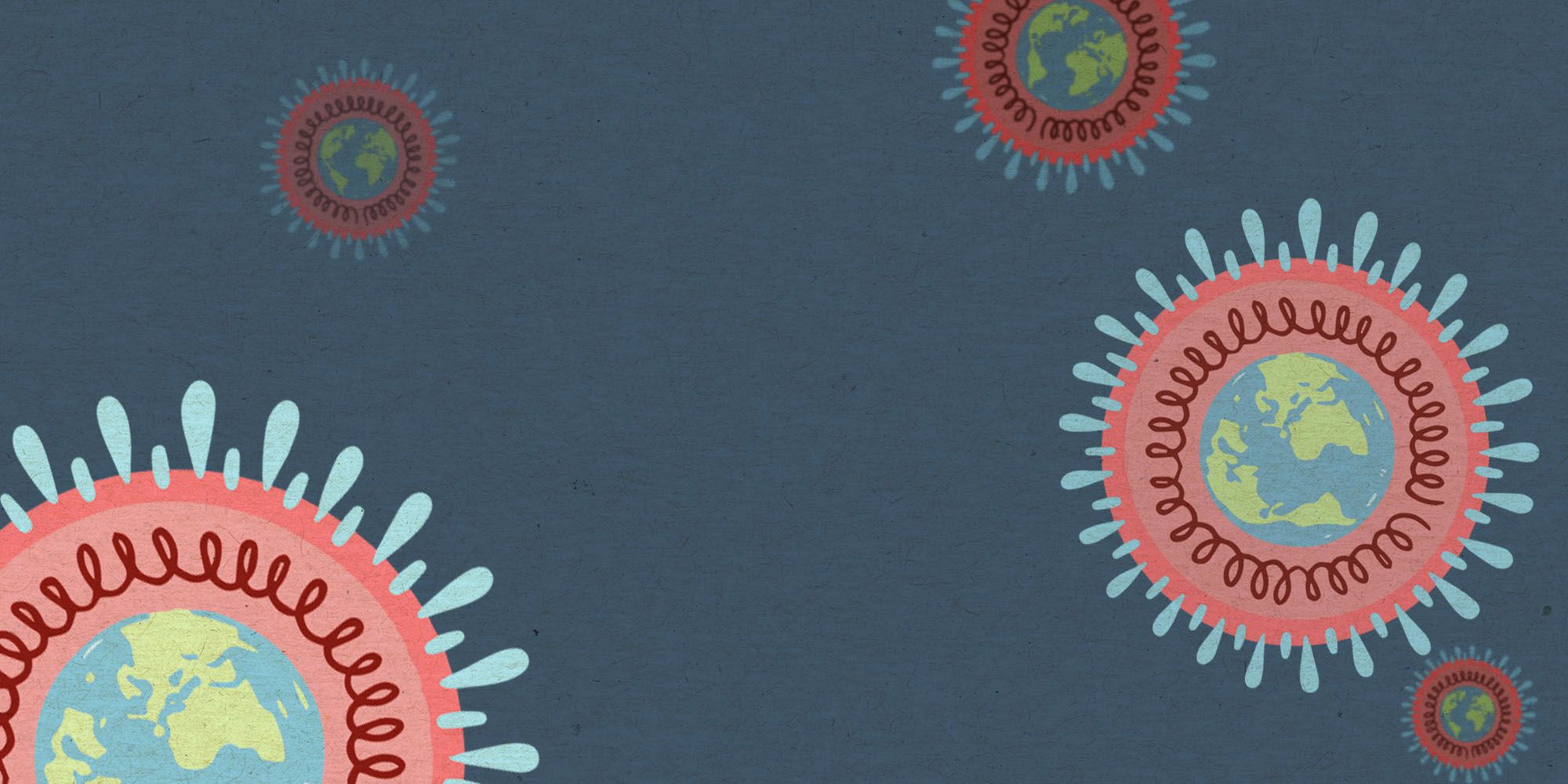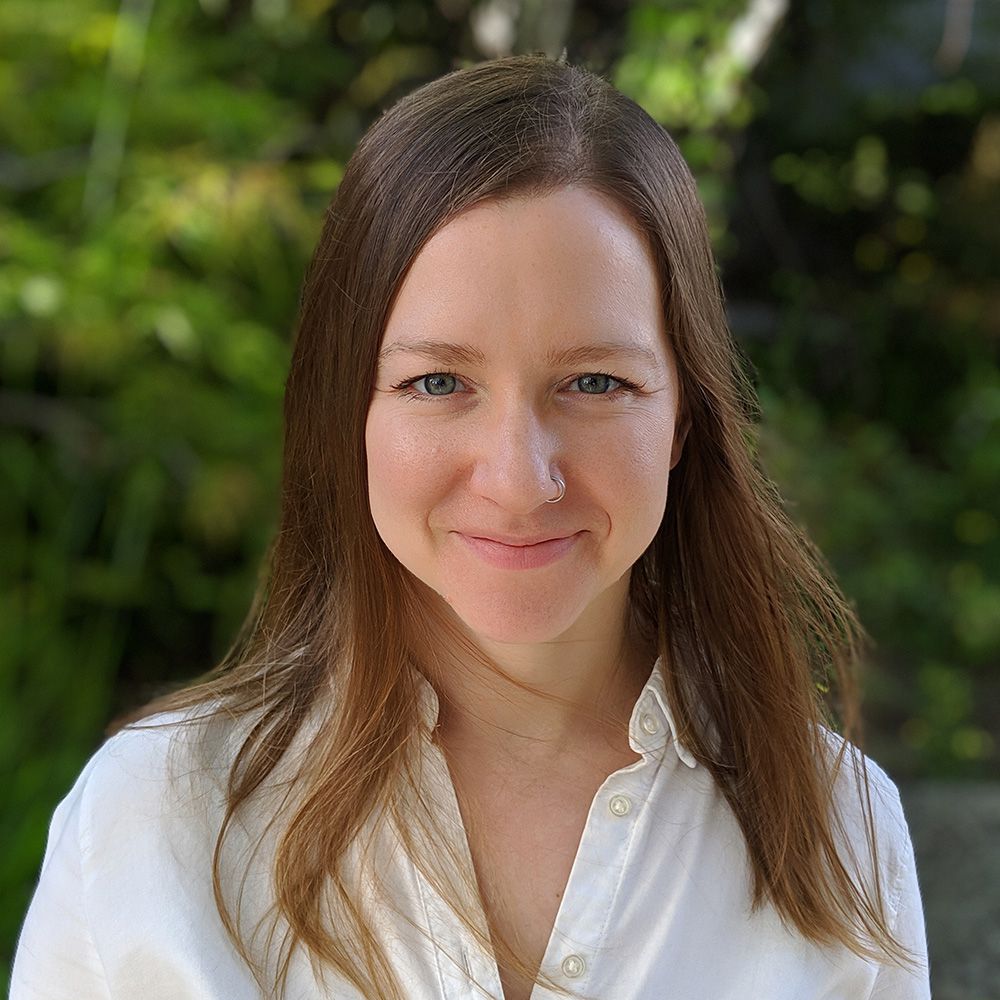
COVID-19 Research Spotlight: Anders Näär on Preventing Infection with Molecular Velcro
Anders Näär is a is a Professor of Metabolic Biology in the Department of Nutritional Sciences & Toxicology at UC Berkeley. He is a PI on an IGI-funded research project using antisense oligonucleotides to prevent and treat COVID-19. In April, he talked with IGI science writer Hope Henderson about this project and how it’s progressing. Join us for a seminar April 20, 2021 to learn more about Anders’s cutting edge work.
Tell me about your COVID-19 project.

I came from Harvard a couple of years ago where I was working on gene regulation, trying to understand what makes our genes switch on and off. I’m interested in how microRNAs – tiny snippets of RNA — regulate genes. I came to Berkeley to set up my new lab, studying microRNAs and using antisense oligonucleotide technology, or ASOs. ASOs are like molecular Velcro that binds the RNAs, preventing them from working.
When COVID hit, we decided to see if we can use ASO technology to target SARS-CoV-2, the virus that causes COVID-19, because its genome is made of RNA.
So we designed a lot of these molecular Velcros targeting different regions of the virus, including the spike protein and regions in the virus that don’t code for proteins, but are critical for the virus to replicate. We put the ASOs into human cells infected with SARS-CoV-2, and looked at whether it decreased the amount of virus in a cell or interfered with viral replication.
We found one area to target in particular that the virus needs for replication, and our ASO targeting this region is very good at preventing viral replication in human cells or in mice.
Would this work against different strains of SARS-CoV-2?
The part of the genome we’re targeting is highly conserved in all the viral strains that have been sequenced so far, meaning it’s part of the genome that isn’t as likely to mutate and change as some other areas — that’s a good sign.
We have tested it against a number of variants already, including the UK and California variants, and it’s equally effective against all. I’m expecting it to be equally effective against others too, because it’s not targeting the spike protein, which is where we’re seeing troublesome mutation between the strains.
Do you think it could work against other coronaviruses like MERS, or future coronaviruses?
We are developing a second ASO that targets a region of the virus that is the same between MERS, SARS, and SARS-CoV-2. We think a cocktail approach, where we use a combination of ASOs to target a specific virus, could be potent for preventing infection from any new strains that might occur.
Some of the COVID vaccines are tough to store, and that’s an issue with distributing them around the globe. Are you able to store and administer the ASOs more easily?
Yes, the ASO technology is incredibly stable, so you can remove all the water and store it indefinitely, even stockpile it. We tried a few different ways to give the ASOs to the mice, and found that putting them in a simple saline solution and flushing it through the nasal passages was most effective. So, for humans, we think that could be translated into a nasal spray to get it in the nose, or a nebulizer to get it into the lungs. We don’t know which is going to work best in patients, so we’ll try both.
It seems like this could be used for prevention or treatment.
We need to discuss this with clinicians and strategize as to what is the best for a given patient population. For, say, an elderly patient who is immunocompromised and can’t take a vaccine, this could be used for prevention. We could also potentially use it for, let’s say, medical care workers who are at a high risk of exposure.
What are your next steps?
We’ve tested the treatment in mice and hamsters, and created a company called CalGen to develop the therapeutics. We’re talking with the FDA, NIAI, and NIH about the next steps to bring this closer to a clinical trial. We hope it’ll be out in a year or so.
Any plans now that you’ve been vaccinated?
I’m looking forward to frequenting outdoor cafes. I was a postdoc here at Cal with Robert Tjian and I lived three blocks from the original Peet’s. I used to go there every day and hang out and read papers and so on. It’s a great spot.
The other thing I’m looking forward to is eating sushi. I have a preexisting condition, so I needed to practice extreme caution with COVID. So I have barely ventured out of the house for a year. I’m looking forward to getting take-out, going grocery shopping and the like now that I’m vaccinated.
You may also be interested in

COVID-19 Research Spotlight: Melanie Ott on Finding Cellular “Lifelines” for the Virus

COVID-19 Research Spotlight: Joe DeRisi on Repurposing Drugs to Fight COVID-19

COVID-19 Research Spotlight: Kara Nelson on Tracking Spread Through Wastewater

 By
Hope Henderson
By
Hope Henderson